Overview
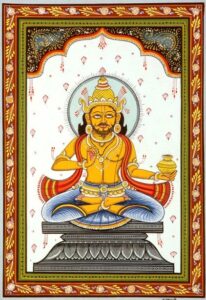 The purāṇa recommends a daily reading of two muhurta[1], but concedes that shorter durations like one muhurta or even half muhurta also gives great benefits. People who cannot be regular are advised to choose an auspicious month (like Śrāvaṇa) for the reading of the purāṇa.
The purāṇa recommends a daily reading of two muhurta[1], but concedes that shorter durations like one muhurta or even half muhurta also gives great benefits. People who cannot be regular are advised to choose an auspicious month (like Śrāvaṇa) for the reading of the purāṇa.
Original Śiva Purāṇa prior to Vyāsa is stated to have 100,000 śloka as mentioned in the present Vidyeśvara saṁhitā[2]. It consisted of twelve saṁhitā (books) –
- Vidyeśvara Saṁhitā 10,000 śloka
- Rudra Saṁhitā 5,000 śloka
- Vināyaka Saṁhitā 5,000 śloka
- Umā Saṁhitā 8,000 śloka
- Mātṛ Saṁhitā 8,000 śloka
- Ekādaśa Rudra Saṁhitā 13,000 śloka
- Kailāśa saṁhitā 6,000 śloka
- Śata Rudra Saṁhitā 3,000 śloka
- Koṭi Rudra saṁhitā 9,000 śloka
- Sahasra Koṭi Rudra saṁhitā 11,000 śloka
- Vāyavīya saṁhitā 12,000 śloka
- Dharma Saṁhitā 12,000 śloka
The Śiva Purāṇa of Vedavyāsa finalised at the beginning of the Kali Yuga starts with an introduction having seven chapters. These discuss (1) The greatness of Śiva Purāṇa (2) Its glory, (3) The fallen Cañculā (4) redemption of Cañculā, (5) salvation of Binduga, (6) Method of hearing and study of the Śiva Purāṇa and (7) description of the purāṇa and author. The Purāṇa consists of seven books called Saṁhitā arranging 24,000 śloka, some of which are in two or more parts called khaṇḍa. These are –
- Vidyeśvara Saṁhitā
- Rudra Saṁhitā having five parts
- Sṛṣṭi khaṇḍa
- Satī khaṇḍa
- Pārvatī khaṇḍa
- Kumāra khaṇḍa, and
- Yuddha khaṇḍa
- Śataraudriya Saṁhitā
- Koṭi Rudra saṁhitā
- Umā saṁhitā
- Kailāśa saṁhitā, and
- Vāyavīya saṁhitā having two parts – first and second
The divine Śiva purāṇa is equivalent to the parabrahma and bestows salvation, even to the worst sinner. Reciting this purāṇa everyday brings one to the state of jīvana-mukta. The house where this purāṇa is recited becomes free from every blemish and people residing there become spiritual. Neither the seven holy rivers[3] nor the seven holy cities[4] can match the purity of the Śiva purāṇa. Of what is it to visit these holy places if the mind is not purified to receive the blessings of such pilgrimages. Therefore it is imperative to purify the mind with the Śiva purāṇa before going on pilgrimages.
The Śiva purāṇa is to be studied after the daily pujā. It is spotless and perfect for every direction of life – dharma, artha, kāma and mokṣa. Even people who are always engrossed in sinful ways or are of degraded and lowly nature, always indulging in sinful passions, are purified by the reading (or listening) the Śiva purāṇa.
यदाऽऽहुर्वेदविद्वांसः सर्वलोकोपरि स्थितम्॥१।२।३९
sadāśivamahāsthānaṁ paraṁ dhāma parampadam|
yadā”hurvedavidvāṁsaḥ sarvalokopari sthitam||1|2|39
Sadāśiva is the mahāsthānaṁ (highest spiritual destination), paraṁ dhāma (penultimate abode) and parampadam (the final salvation) – the highest spiritual position or states mentioned in the Vedas.
[1] 48 minutes = 1 muhurta
[2] Śiva Purāṇa, Vidyeśvara 2.51-56
[3] Gaṅgā, Yamunā, Godāvarī, Sarasvatī, Narmadā, Sindhu (Indus) and Kāverī are the seven rivers of Bhārata (Indian subcontinent) also represent the seven important nāḍi in the body. Gaṅgā, Yamuna and Sarasvatī also relate to the three nāḍi called Iḍā, Piṇgala and Suṣumna respectively.
[4] Ayodhyā, Māyāpuri, Haridvāra, Kāśī, Kāṅchi, Avanti and Dvārkā – normally the region of Gayā is also associated with this.
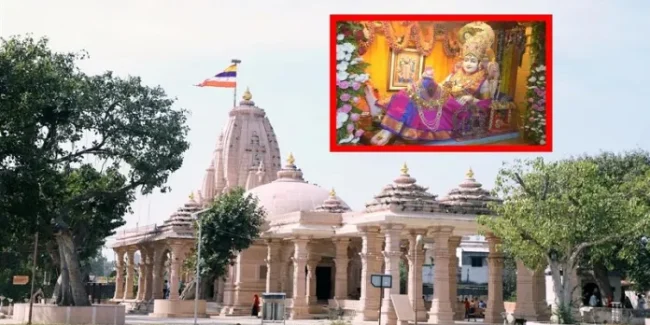
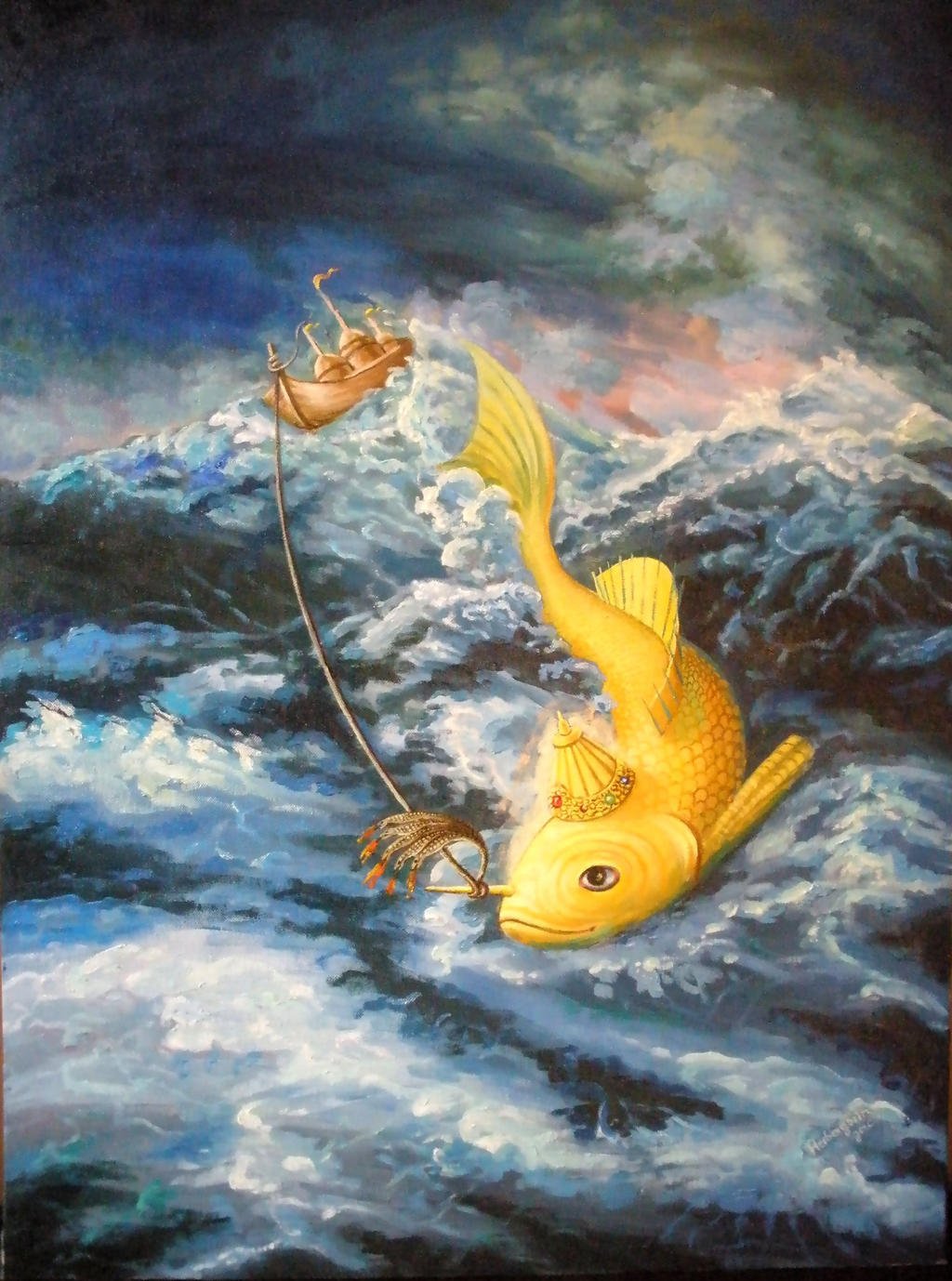
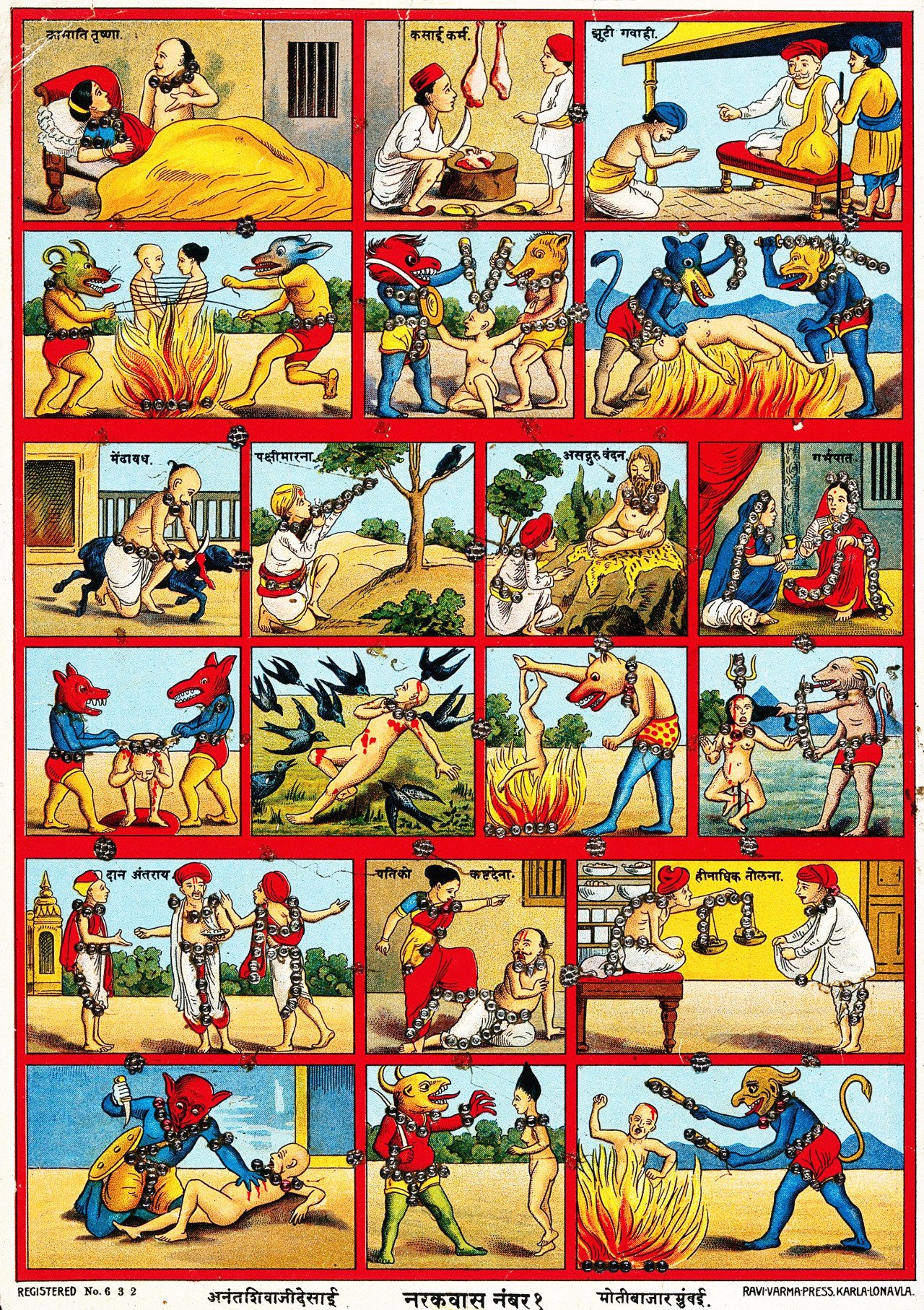


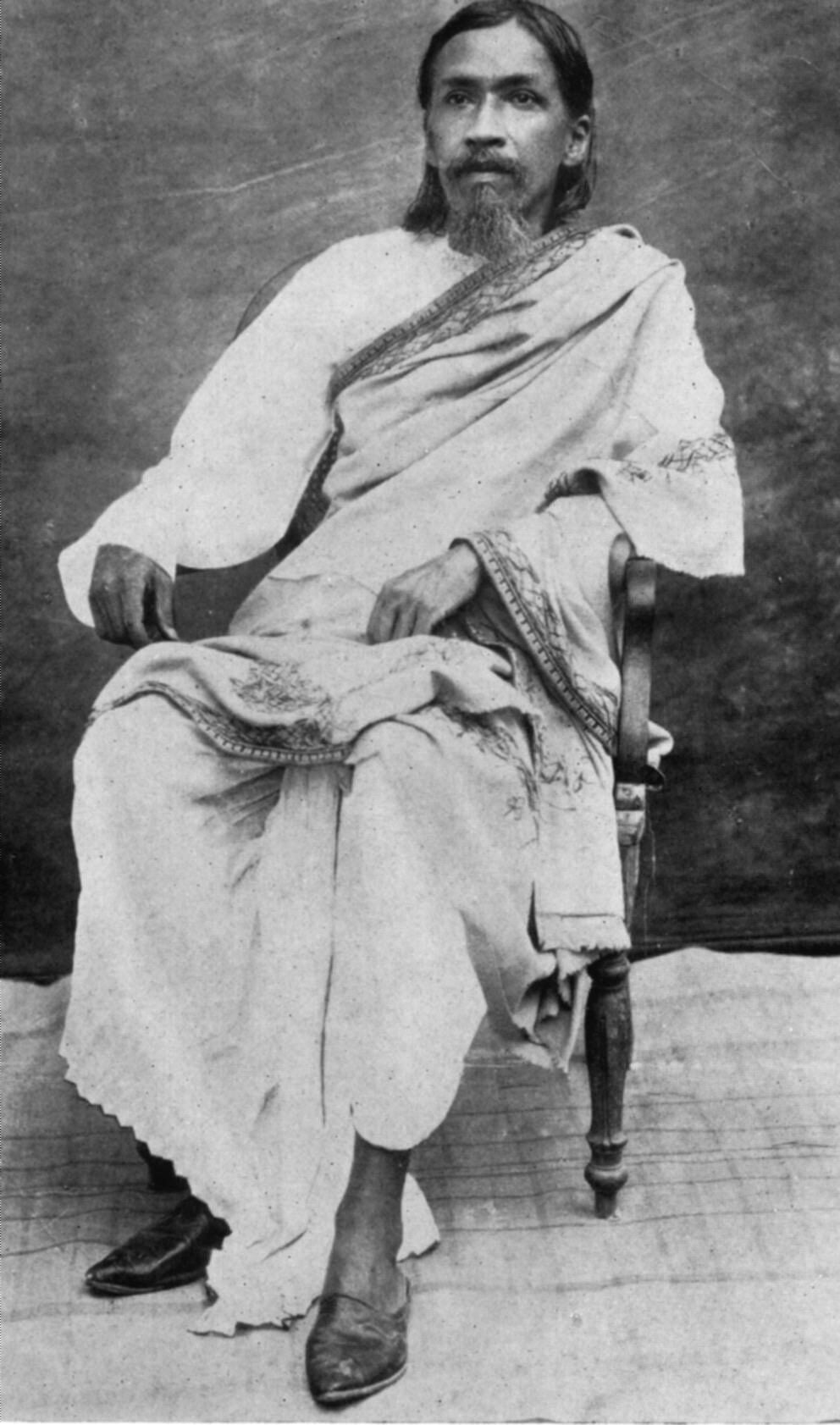
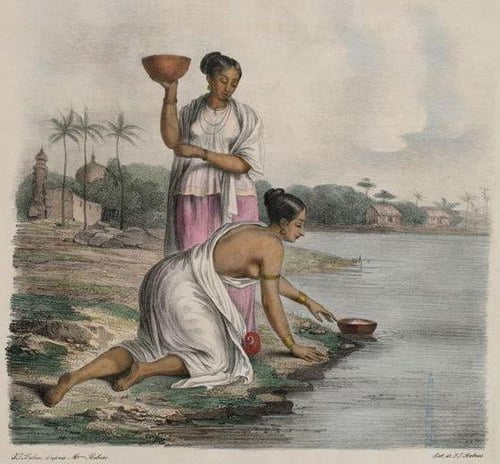

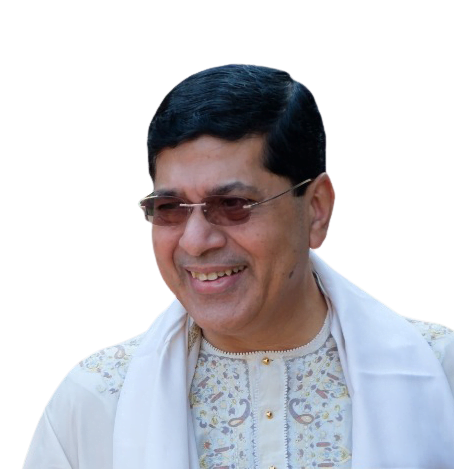
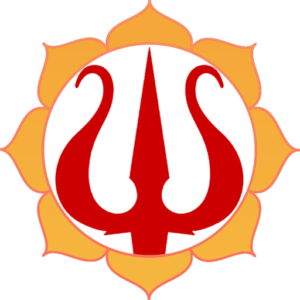
 DBC offers online courses in jyotish (Vedic Astrology) taught directly by Sanjay Rath as per the tradition, through narrated power points and other audio tools. The courses are at different levels, from the beginners through the intermediate to the advanced and are known as SoHamsa | DBC courses, with individual classrooms and assistant teachers
DBC offers online courses in jyotish (Vedic Astrology) taught directly by Sanjay Rath as per the tradition, through narrated power points and other audio tools. The courses are at different levels, from the beginners through the intermediate to the advanced and are known as SoHamsa | DBC courses, with individual classrooms and assistant teachers
 Sagittarius Publications is the publisher and distributor the popular quaterly magazine the Jyotish Digest, as well as many thorough books on the subject of Vedic Astrology or Jyotish.
Sagittarius Publications is the publisher and distributor the popular quaterly magazine the Jyotish Digest, as well as many thorough books on the subject of Vedic Astrology or Jyotish.